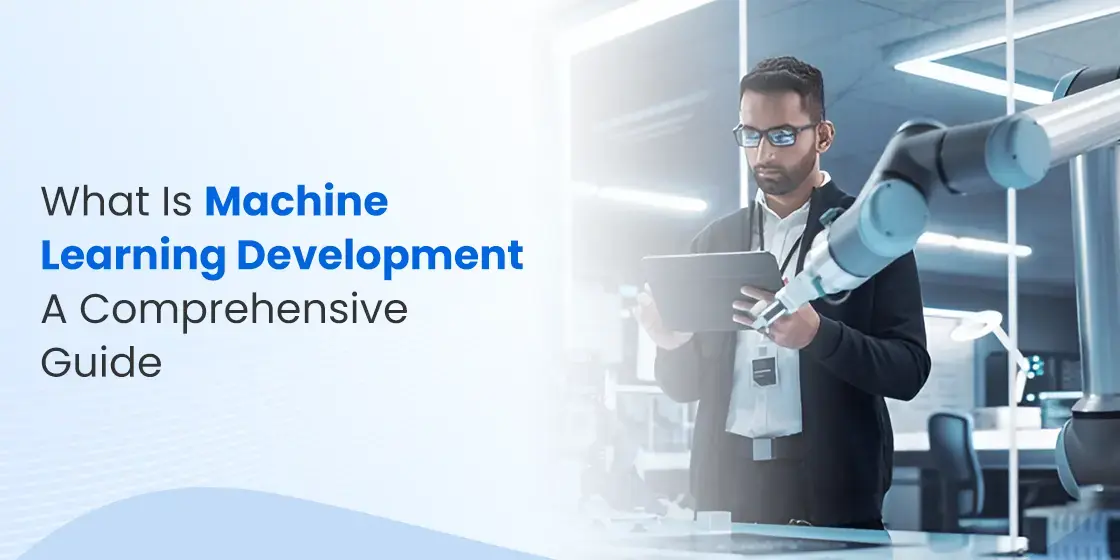Table of Content
Discover The Process and Elements of Machine Learning Development
In today’s constantly evolving tech landscape, Machine Learning (ML) has emerged as a transformative force, revolutionizing industries and reshaping our interactions with the digital world. From personalized recommendations on streaming platforms to sophisticated fraud detection systems in financial institutions, ML algorithms are increasingly woven into the fabric of our daily lives.
The ability of machines to learn from data, identify patterns, and make predictions without explicit programming has opened up a variety of possibilities, driving innovation and efficiency across various sectors. The surge in data availability, coupled with advancements in computing power and algorithmic development, has propelled ML from a theoretical concept to a practical tool with immense potential, promoting machine learning development.
The development of ML applications is a complex and multifaceted process, requiring a blend of mathematical expertise, programming skills, and domain knowledge. It involves the careful selection of algorithms, the meticulous preparation of data, and the iterative training and evaluation of models.
This comprehensive guide delves into the intricacies of Machine Learning Development, providing a behind-the-scenes look at the processes, technologies, and methodologies involved. Let’s define the fundamental concepts of ML, exploring its relationship with AI and deep learning. We will then examine the core components of ML development, including data preprocessing, model selection, training, and evaluation. Finally, we will explore the diverse range of ML applications that are being developed by custom software development services today, highlighting their impact on various industries.
Let’s begin.
What is Machine Learning? A Comprehensive Overview
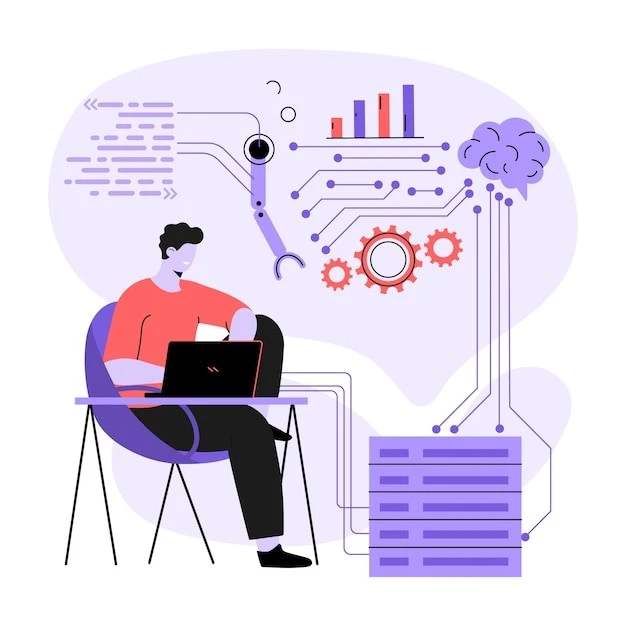
Machine Learning is a subset of Artificial Intelligence that focuses on the development of algorithms that enable computers to learn from data without explicit programming. At its core, ML involves the creation of models that can identify patterns, make predictions, and improve their performance over time through experience.
Learning from Data
Unlike traditional programming, where rules are explicitly defined, ML algorithms learn from data. This involves feeding the algorithm a large dataset and allowing it to identify patterns and relationships within the data.
The algorithm then uses these patterns to make predictions or decisions on new, unseen data. This ability to learn from data is what distinguishes ML from other forms of programming, and one of the core aspects of many artificial intelligence use cases.
Looking for an experienced development team to manage your software projects? Get in touch with us now and hire skilled teams for your project.
Build My TeamAlgorithms and Models
ML algorithms are the mathematical formulas that enable machines to learn from data. These algorithms are used to build models, which are representations of the patterns and relationships learned from the data.
Different algorithms are suited for different types of problems and data, such as generative AI versus AI forecasting for business. For example, linear regression is used for predicting continuous values, while decision trees are used for classification tasks. The selection of an appropriate algorithm is a critical step in ML development.
Training and Evaluation
The process of training an ML model involves feeding it a dataset and allowing it to adjust its parameters to minimize errors. Once the model is trained, it is evaluated on a separate dataset to assess its performance.
This evaluation helps to determine how well the model generalizes to new, unseen data. If the model’s performance is not satisfactory, the training process may be repeated with different parameters or a different algorithm.
AI and Deep Learning – What Are They and How They Relate to Machine Learning?
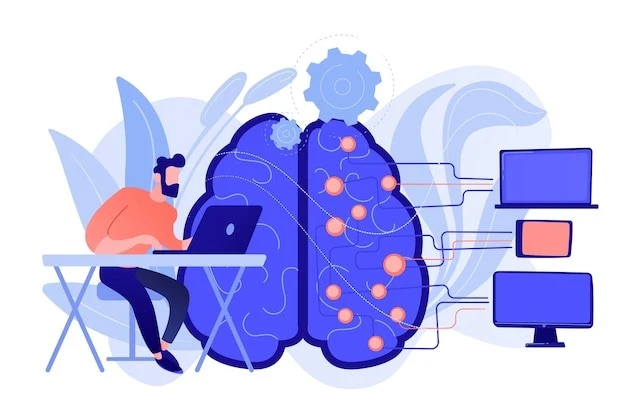
Unlike traditional software development, where programs are explicitly coded with predefined rules, ML development focuses on enabling machines to learn from data and adapt their behavior over time. This paradigm shift necessitates a deep understanding of statistical modeling, optimization techniques, and the nuances of data analysis. The ability to translate real-world problems into ML-driven solutions is a crucial skill for developers in this domain.
Now, Artificial Intelligence and Deep Learning are closely related to Machine Learning, but they represent distinct concepts within the broader field of computer science.
- Artificial Intelligence (AI): AI is the broader concept of creating machines that can perform tasks that typically require human intelligence. This includes tasks such as problem-solving, decision-making, and natural language processing. ML is a subset of AI that focuses specifically on learning from data. AI encompasses a wider range of techniques, including rule-based systems, expert systems, and symbolic reasoning.
- Deep Learning: Deep Learning is a subfield of ML that uses artificial neural networks with multiple layers (deep neural networks) to learn from data. Deep Learning has achieved remarkable success in areas such as image recognition, natural language processing, and speech recognition. Deep neural networks can automatically learn complex features from raw data, eliminating the need for manual feature engineering. This has led to significant improvements in the performance of ML models in various domains.
How Is Machine Learning Related to Deep Learning and AI in General?
ML is a subset of AI, and Deep Learning is a subset of ML. AI represents the overarching goal of creating intelligent machines, while ML provides the tools and techniques to achieve this goal through learning from data. Deep Learning is a powerful technique within ML that uses deep neural networks to learn complex patterns from data. And with the rising popularity of artificial intelligence in the US, ML and deep learning too is becoming more popular.
Machine Learning Development – What Does It Entail?
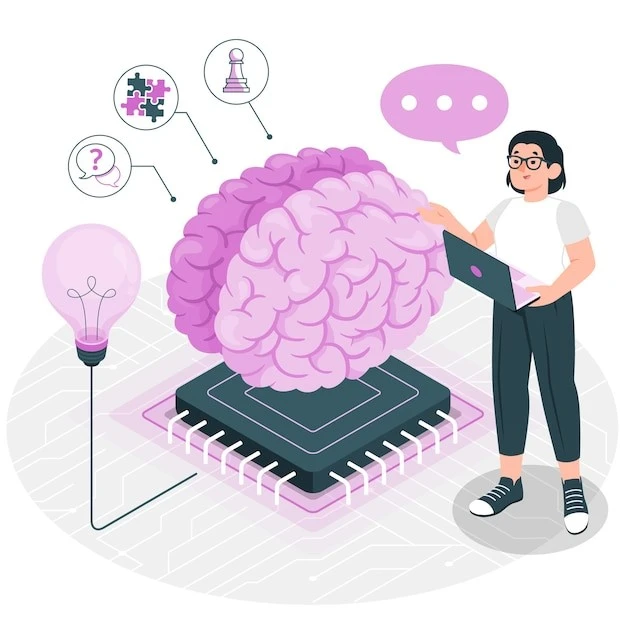
Machine Learning Development is a systematic process that involves several key steps, from data preparation to model deployment, and is quite similar to how to build an AI software generally.
- Data Preprocessing: This is a crucial step that involves cleaning, transforming, and preparing the data for training the ML model. This may include tasks such as handling missing values, removing outliers, and normalizing data. The quality of the data significantly impacts the performance of the ML model.
- Model Selection and Training: This step involves choosing an appropriate ML algorithm and training the model on the prepared data. The training process involves adjusting the model’s parameters to minimize errors. This may involve techniques such as gradient descent and backpropagation.
- Model Evaluation and Tuning: Once the model is trained, it is evaluated on a separate dataset to assess its performance. This may involve metrics such as accuracy, precision, recall, and F1-score. If the model’s performance is not satisfactory, the model’s parameters may be tuned, or a different algorithm may be selected.
- Model Deployment and Monitoring: After the model is evaluated and tuned, it is deployed into a production environment. This may involve integrating the model with other applications or services. The model’s performance is continuously monitored to ensure that it maintains its accuracy and reliability.
Types of Machine Learning Applications Developed Today
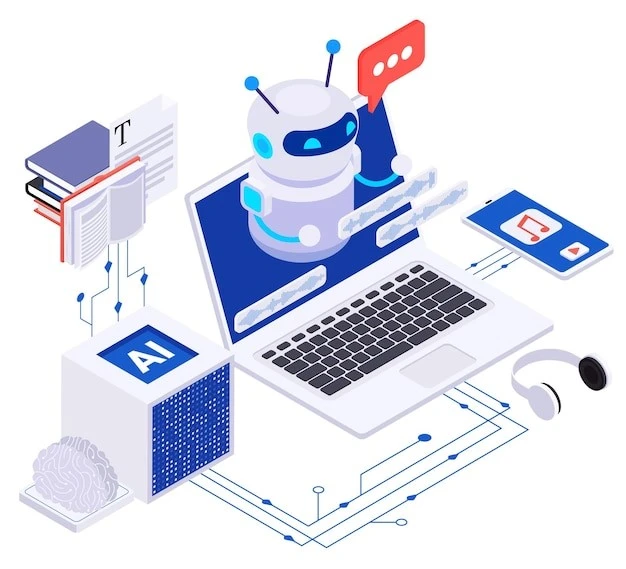
Machine Learning is being used to develop a wide range of applications across various industries.
- Image Recognition: ML models are used to identify objects, people, and scenes in images. This is used in applications such as facial recognition, object detection, and image classification.
- Natural Language Processing (NLP): ML models are used to understand and generate human language. This is used in applications such as chatbots, machine translation, and sentiment analysis.
- Recommendation Systems: ML models are used to provide personalized recommendations to users, such as product recommendations on e-commerce websites and movie recommendations on streaming platforms.
- Fraud Detection: ML models are used to detect fraudulent transactions and activities in financial institutions.
- Predictive Maintenance: ML models are used to predict when machines and equipment are likely to fail, allowing for proactive maintenance and reducing downtime. This is one of the top advantages of AI in business process automation nowadays, with businesses across the world using it.
- Autonomous Vehicles: ML models are used to enable autonomous vehicles to perceive their environment and make decisions.
Conclusion
Machine Learning Development is a transformative field that is rapidly changing the way we interact with technology. By understanding the fundamental concepts of ML, AI, and Deep Learning, and by mastering the key steps in the development process, aspiring developers can contribute to the creation of innovative ML applications that have the potential to solve real-world problems and improve our lives. The continuous advancement of algorithms, computing power, and data availability will undoubtedly lead to even more exciting developments in the field of Machine Learning in the years to come.
Empower your digital initiatives with BariTechSol, a premier custom software development company. Our skilled team tailors cutting-edge solutions to your unique needs. Elevate your tech experience and stay ahead in the digital realm. Partner with BaritechSol and code the success of your next big idea.
